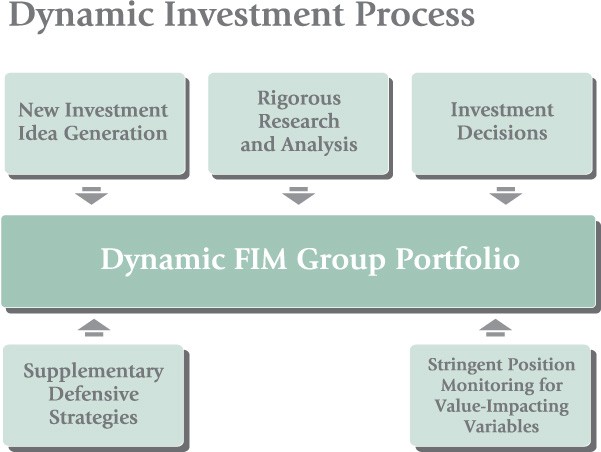What is margin and how can it help Strictly Investing
Post on: 16 Июнь, 2015 No Comment

What is a margin?
Investors sometimes have to put up collateral so that counter-parties such as brokers and exchanges will be willing to assist them with their riskier transactions. This can come up in a number of situations. For example, if an investor is planning to create and then sell options for existing securities, said individual is going to have to put up collateral before a broker can be convinced to take on the risk of facilitating the sales.
Regardless, the single most famous example of having to put up collateral before being permitted to perform a transaction is a practice called buying on margin. In short, the investor has to deposit cash into something called a margin account before the broker will let him or her borrow cash with which to purchase securities.
Most examples need the investor to make an initial deposit before letting him or her borrow cash with which to cover a percentage of the price paid for securities. Once the securities have been sold, the proceeds are first applied to the outstanding value of the loan before the reminder is entered into the investors account.
Of course, it is important to note that brokers will charge interest on the outstanding value of their loans, meaning that investors who choose to buy on margin had best be careful. Carelessness can see them launched into a downwards spiral as mounting debt results in mounting interest and vice versa.
What are margin requirements?
Margin requirements refer to the minimum collateral that investors have to put up to use their margin accounts. For example, the initial deposit into the margin account is called the investors initial margin requirements. However, in most cases, margin requirements refer to something called maintenance margin requirements.
In short, the maintenance margin requirement is the minimum collateral that investors have to put up so as to continue using their margin accounts. For example, the NYSE requires investors to have a maintenance margin requirement of 25 percent of the market value of the securities held using their margin accounts. Should an investors collateral fall beneath the mandated minimum, said individual will have to either put up more collateral or sell some of the securities held using the margin account until the maintenance margin requirement has been met.
How can the margin help investors?
Buying on margin can be helpful to investors because it is a high-risk, high-reward approach to investing. For example, if an investor is confident that a stock will be seeing an enormous increase in price over the next few weeks, he or she can use a margin account to purchase more shares of said stock than using nothing but personal resources. Even though said investor will have to cover the interest charged on the outstanding value of the loan, an increase of sufficient size will still see him or her making more profit than otherwise possible. Of course, using a margin account means that the investor can also lose more of his or her wealth than otherwise possible. For example, if the investor is so mistaken about the stock price change that it plummets as much as he or she had expected it to rise, said individual will be responsible for both the losses occurring as a result of his or her position and the costs of having borrowed cash to take said position.
That said, the margin requirements can serve to protect investors in addition to counter-parties such as brokers and exchanges. Since investors can no longer use their margin accounts past a certain point, there is a built-in limit to their potential losses. Still, that is poor consolation to those who went in big using borrowed cash and ended up with a loss.














